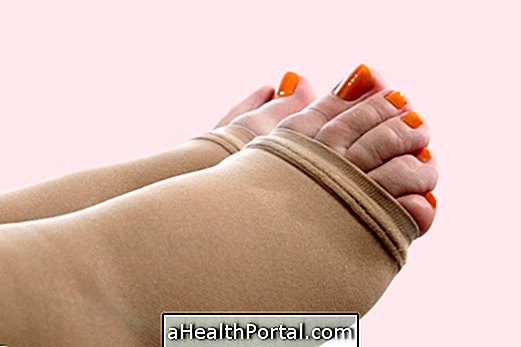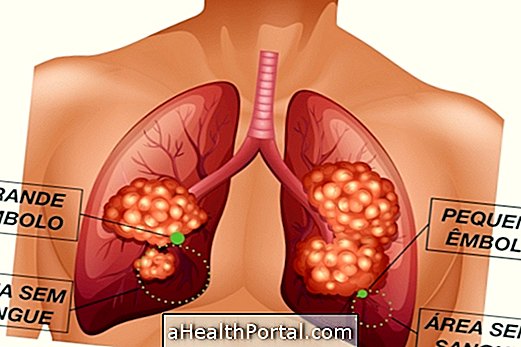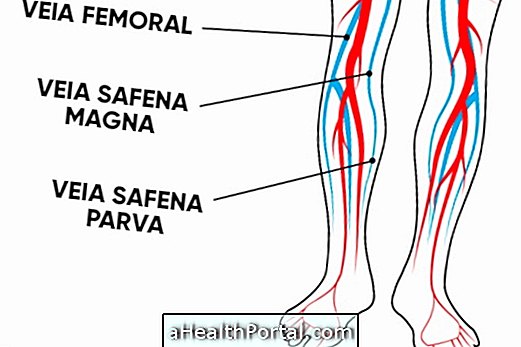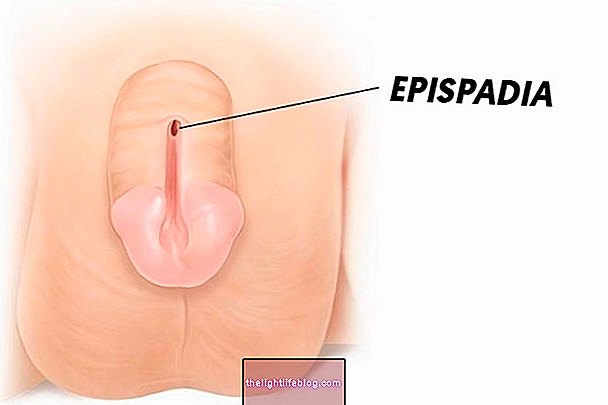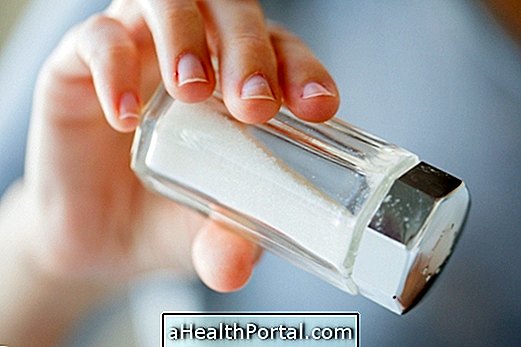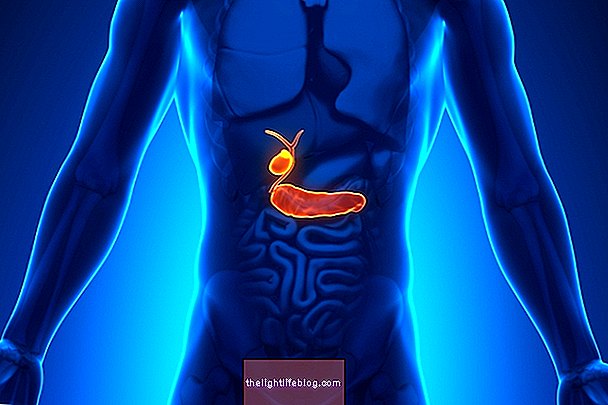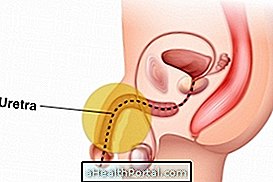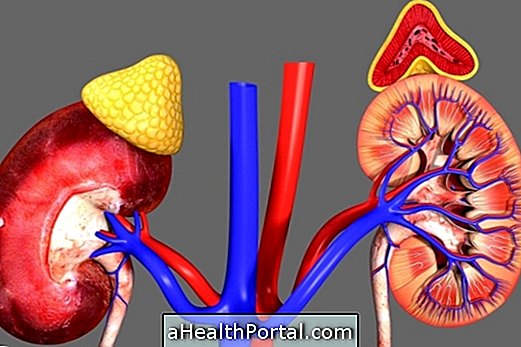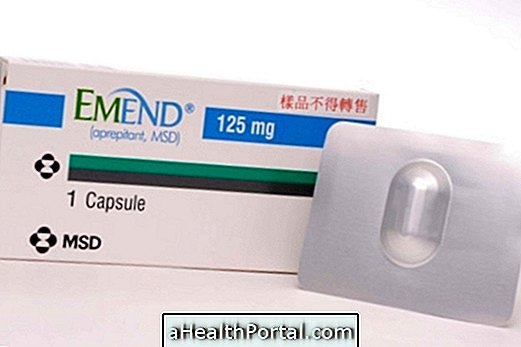Lymphedema is the accumulation of fluid that causes swelling of a particular area of the body. It can happen after surgery and is also a common situation after the withdrawal of lymph nodes affected by malignant cells due to cancer.
Although rare, lymphedema may also be congenital and manifest in the baby, but it is more common in adults due to infections or complications of cancer, for example. The treatment is done with physiotherapy for a few weeks or months, being quite effective in eliminating excess fluids.
How to identify
Lymphedema is easily observed with the naked eye and during palpation and no specific examination is necessary for its diagnosis, but it may be useful to check the diameter of the affected limb with a tape measure.
Lymphedema is considered when there is an increase of 2 cm in the circumference of the left arm, when compared to the measurements of the right arm, for example. This medication should be done on every affected limb every 5 to 10 cm away, and serves as a parameter to check the effects of treatment. In areas such as trunk, genital area or when the two limbs are affected a good solution may be to take photographs to evaluate the results before and after.
In addition to local swelling, the person may have a feeling of heaviness, tension, difficulty moving the affected limb.
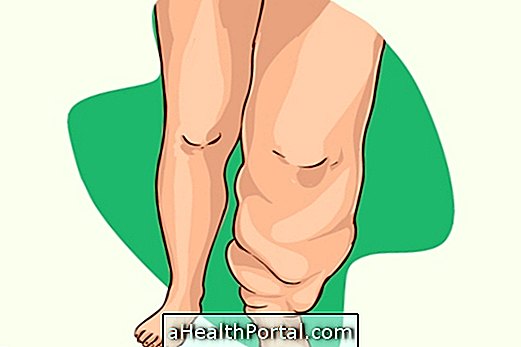
Does lymphedema have a cure?
It is possible to cure lymphedema through treatment which can last for about 3 to 6 months. It is recommended to do 5 sessions per week in the initial phase, until there is stabilization of the swelling. After this period it is recommended to do another 8 to 10 weeks of treatment, but this time varies from person to person.
How to treat lymphedema
The treatment of lymphedema should be guided by the doctor and the physiotherapist and can be done with:
- Physiotherapy: Manual lymphatic drainage adapted to the reality of the person's body is indicated. The lymphatic drainage after lymph node removal is a bit different from the usual one, because you have to direct the lymph to the right lymph nodes. Otherwise, drainage can be harmful causing even more pain and discomfort.
- Elastic Bandage: This is a type of not too tight bandage, which when properly placed helps to properly conduct the lymph, eliminating swelling. The elastic sleeve should be used, according to the recommendation of the doctor and / or physiotherapist, with compression of 30 to 60 mmHg during the day, and also during the exercises.
- Bandaging: A tension band should be placed in overlapping layers after drainage within the first 7 days, and then 3 times a week to help eliminate edema. The sleeve is recommended for lymphedema in the arm and the elastic compression stocking for swollen legs.
- Exercises: It is important to perform exercises under the supervision of the physiotherapist, which can be performed with a stick, for example, but aerobic exercises are also indicated.
- Skin Care: keep your skin clean and moisturized, avoid wearing tight clothing or buttons that could injure the skin, facilitating the entry of microorganisms. Thus, it is preferable to use cotton fabric with velcro or with foam.
In case of being overweight it is important to lose weight and it is also recommended to decrease the consumption of salt and foods that increase fluid retention, such as industrialized and sodium rich, this will not eliminate excess fluid related to lymphedema, but it helps to deflate the body as a whole.
When the person has had edema for a long time, the presence of fibrosis, which is a hardened tissue in the region, may occur as a complication, in which case specific therapy should be performed to eliminate fibrosis with manual techniques.
Why Lymphedema Happens
Lymphedema is the accumulation of lymph, which is a liquid and proteins outside the blood and lymphatic circulation, in the space between cells. Lymphedema can be classified as:
- Primary lymphedema: Although very rare, it is caused by changes in the development of the lymphatic system, and the baby is already born with this condition and the swelling remains throughout life, although it can be treated
- Secondary lymphedema: when it happens due to some obstruction or alteration in the lymphatic system due to infectious disease, such as elephantiasis, obstruction caused by cancer or the consequence of its treatment, due to surgery, traumatic injury or inflammatory disease, in this case there is always inflammation of the tissues involved and risk of fibrosis.
Lymphedema is very common after breast cancer, when lymph nodes are removed in the tumor removal surgery, because the lymphatic circulation is impaired, and due to gravity, excess fluid is accumulated in the arm. Learn more about physical therapy after breast cancer.
